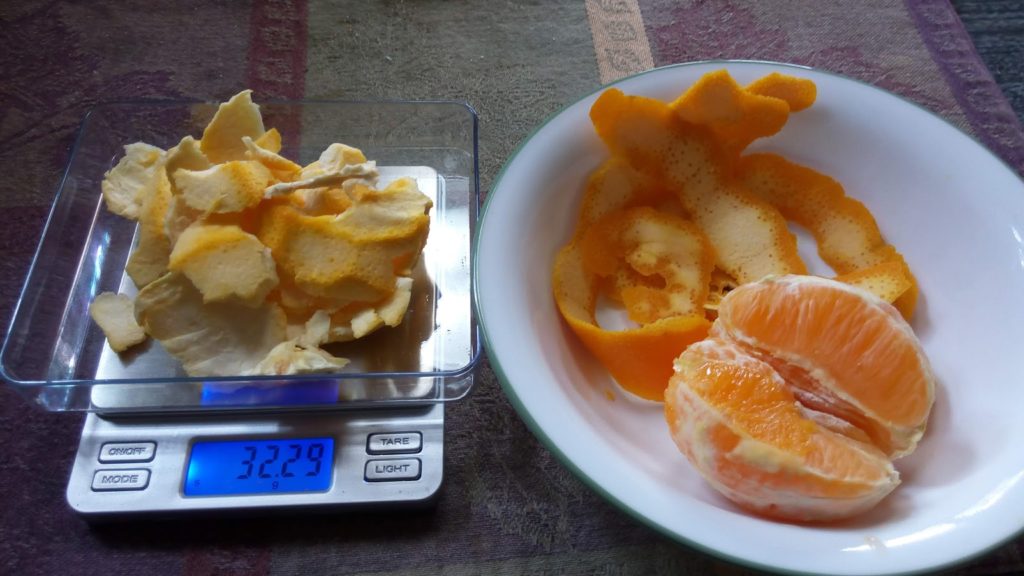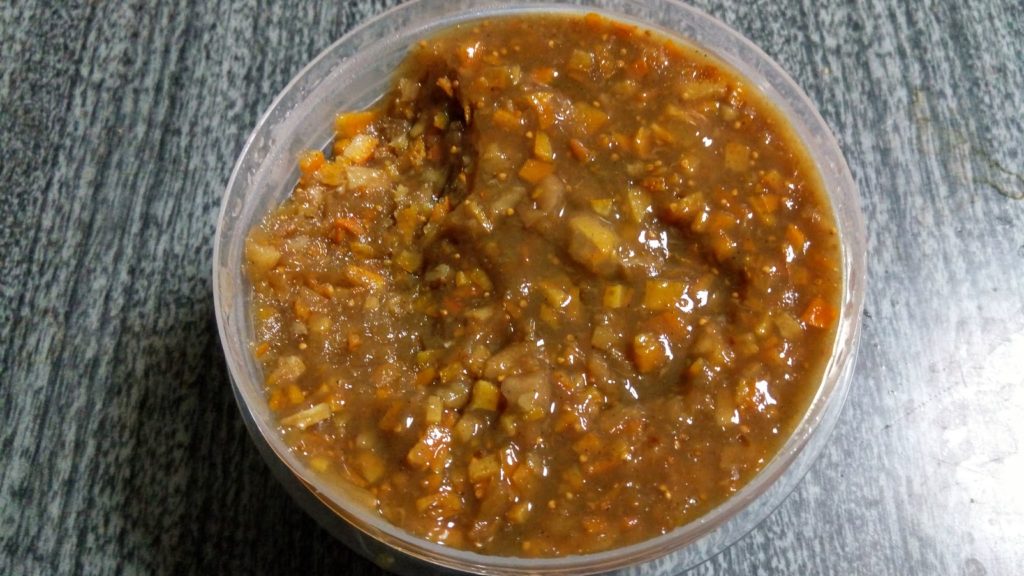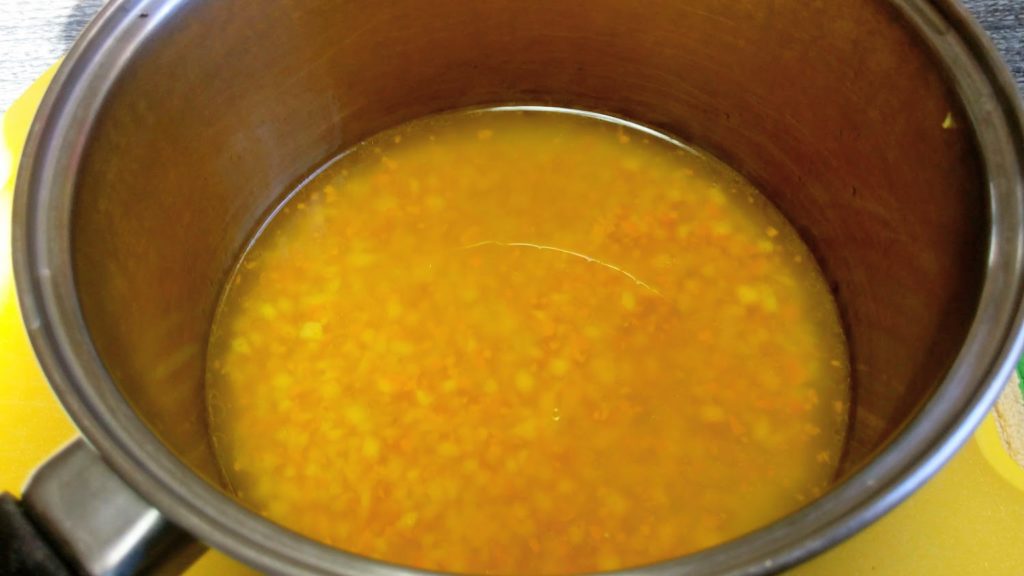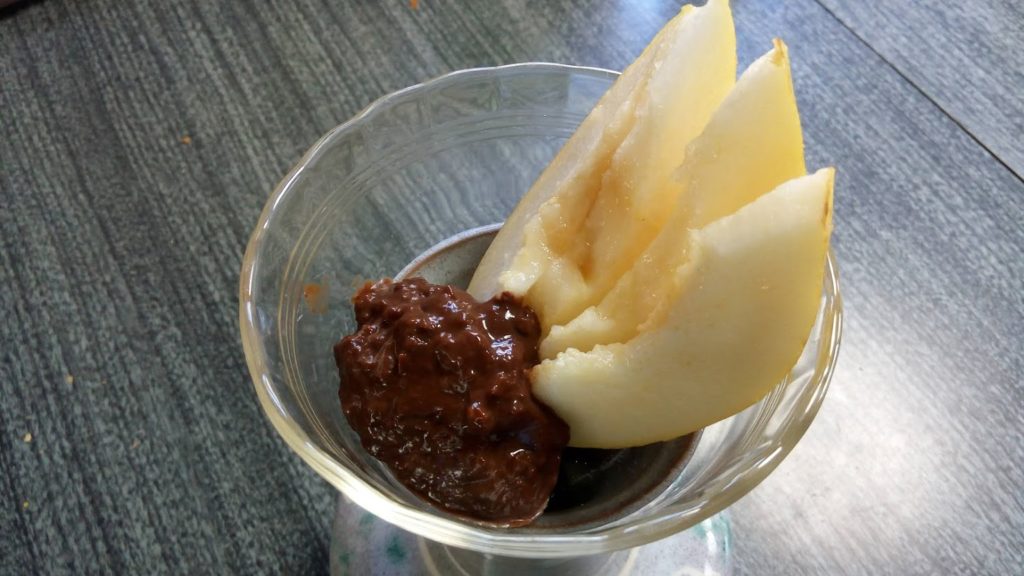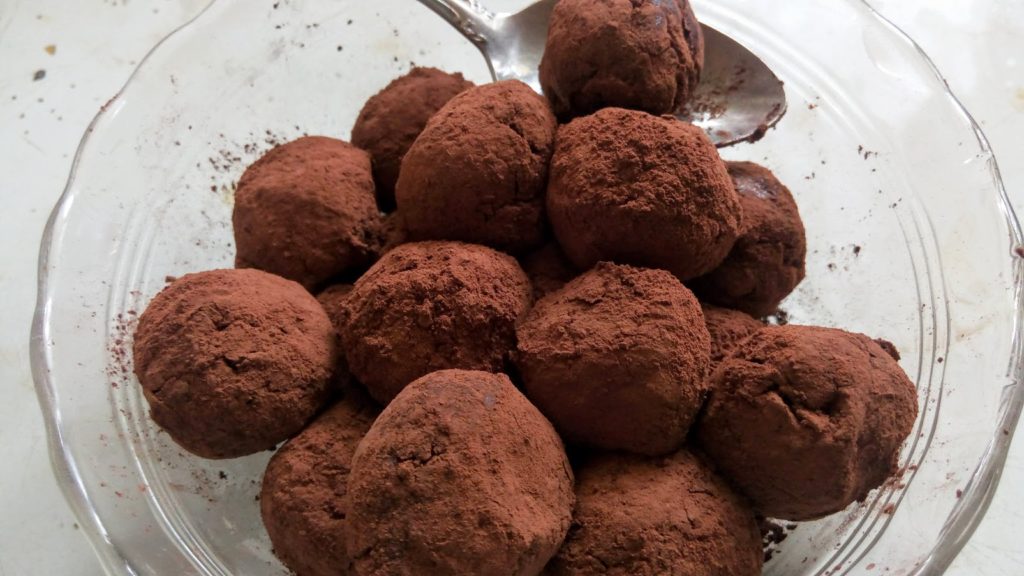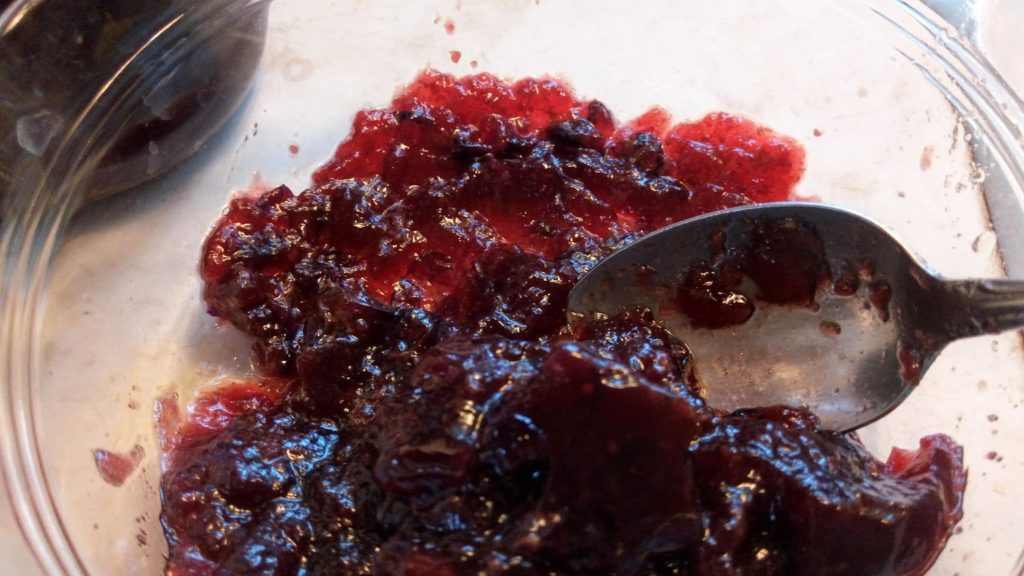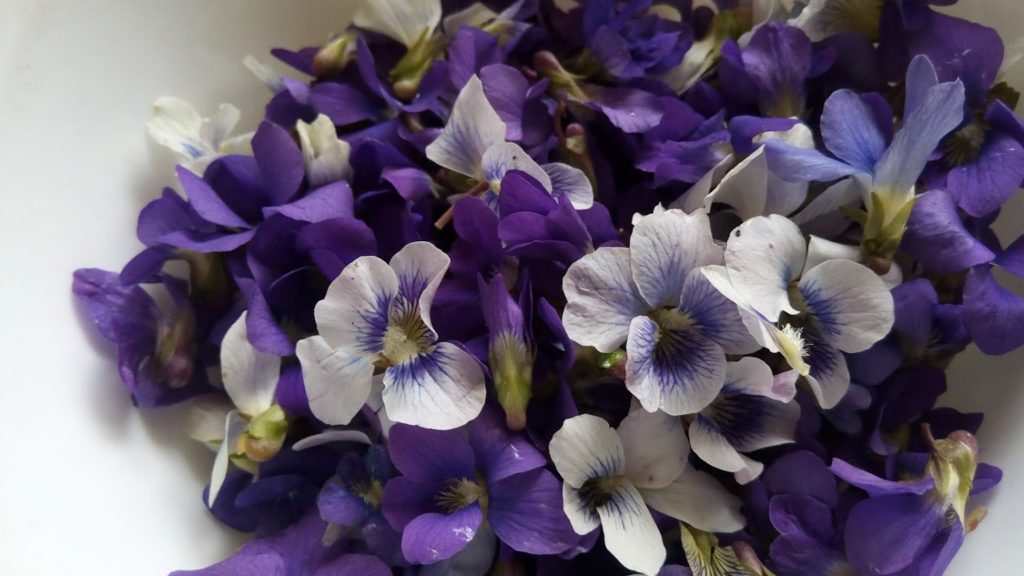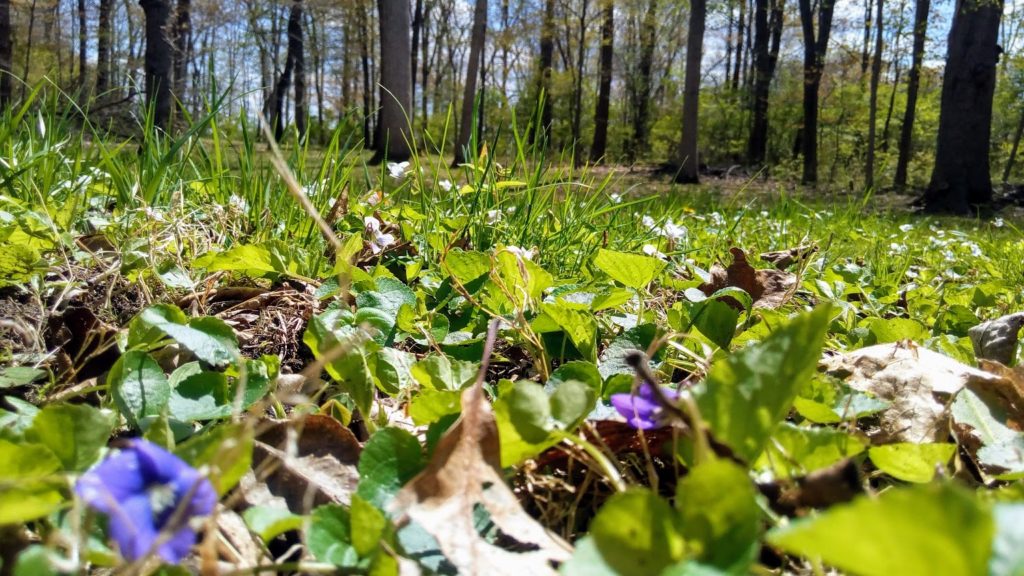- Anthemis hyalina, a medicinal daisy like herb, carvocrol and alpha-pinene were main components. It was most potent at preventing coronavirus replication in a cell based study compared with Nigella sativa oil and citrus peel extract, however citrus peel is easier to find at the grocery store. (1, 2)
- Citrus peel (peel of Citrus sinensis – standard oranges) contains potent phytonutrients with antiviral & decongestant properties. (1, post)
- Nigella sativa/Black Seed Oil/Black Cumin Seed, (1), contains “thymoquinone (TQ) (30- 48%), flavonoids, anthocyanins, alkaloids and essential fatty acids, particularly linoleic and oleic acid.” Thymoquinone/Nigella sativa oil has been found to promote the beneficial Nrf2 pathway and inhibits the inflammatory NfKb pathway in addition to acting as an antioxidant. It also has been found to help protect liver and kidney health in the presence of a variety of chemical and pathogenic toxins. (3)
Citrus peel, Black Seed oil, and a medicinal daisy are fairly specific foods or herbal supplements however there are ten other phytonutrients found in many different foods, that are also suspected of having antiviral benefits against the SARS-CoV-2 virus. Computer modeling of the chemical shapes of the nutrients and the virus was used to estimate potential bond strength of the Spike portion of the virus and the phytonutrients and the medication hydroxychloroquine. The phytonutrients were estimated to be more effective at bonding with and inhibiting the virus at the Spike protein compared to the medication hydroxychloroquine, (a lower number – more negative in this case- indicates a stronger bond energy):
“Among these phytochemicals, flavonoids and non-flavonoids have been found to be the active source of different anti-microbial agents. Recently, studies have shown that these phytochemicals have essential anti-viral activities.”
“Kamferol, curcumin, pterostilbene, and HCQ [hydroxychloroquine] interact with the C-terminal of S1 domain with binding energies of -7.4, -7.1, -6.7 and -5.6 Kcal/mol, respectively.”
“Fisetin, quercetin, isorhamnetin, genistein, luteolin, resveratrol and apigenin on the other hand, interact with the S2 domain of spike protein with the binding energies of -8.5, -8.5, -8.3, -8.2, -8.2, -7.9, -7.7 Kcal/mol, respectively.”
*The lower the number, the stronger the molecular bonding is estimated to be – energy required to break the molecular bond between phytonutrient or medication and the viral protein – the C-terminal of the S1 domain of the Spike protein on the SARS-CoV-2 virus or the S2 domain. Note that the binding energy of hydroxychloroquine is the weakest (closest to zero).
(Rane et al., 2020)(4)
The phytonutrients are found in wide range of foods, some in many foods, and others may be found in a few specific foods – the variety may be adding up to health. These nutrients and others in whole foods can help reduce the risk of Metabolic Syndrome or improve it. Having Metabolic Syndrome, obesity, and/or Type 2 diabetes has been associated with greater risk of more severe symptoms if sick with COVID19. (20)
“Given the speed at which health markers for metabolic disease improve from dietary interventions, an equally strong if not more significant population health message should now be to “eat real food, protect the NHS and save lives.””
Covid 19 and the Elephant in the Room, (20).
Phytonutrients that may inhibit the Spike protein of the SARS-CoV-2 virus and block entry into cells.
“Quercetin, a plant pigment is a potent antioxidant flavonoid and more specifically a flavonol, found mostly in onions, grapes, berries, cherries, broccoli, and citrus fruits.” (26)
- Quercetin – is in onions, garlic, green leafy veg, citrus peel, figs, and is a focus of several recent posts: Citrus Fig jam: (14), Hesperidin & quercetin content in citrus peel: (15), Decongestant properties of hesperidin/citrus peel: (16). Quercetin represents a large group of similar chemicals and is fairly common in small amounts in many fruits, vegetables and leafy herbs. It is found primarily in the leaves or edible peels. It has anti-viral ability as a zinc ionophore – carrying zinc into iron rich cells where it disrupts protein replication. In normal health zinc and iron is kept out of cells in quantity. Iron rich cells tend to be infected or cancerous. See my COVID19 page for more information.
- Kamferol – is a flavonoid found in similar green veggies as quercetin, including kale, leeks, onions, broccoli, and also is in blueberries, strawberries, kiwi, and other fruits and berries, (myintakepro), and cinnamon. (23) (The camphor in cough drops that helps as a decongestant is different, it is a terpene, and is extracted from a couple tree species. It is also found in the herb rosemary. (wikipedia.org/Camphor)
- Curcumin is an extract of turmeric root which is used in curry spice mixes. It is a vitamin D analog, and active hormone D is essential for a healthy immune response, some is essential but too much D can also be harmful.
- Curcumin and catechins have been found to be active at the coronavirus Spike protein and human ACE2 receptor where the virus enters cells. (7)
- EGCG and other Catechins are also flavonoids, and are found in green & black tea, apples, blackberries, dark chocolate, red wine, cherries, guava, pears, sweet potatoes & purple potatoes. (8, 7) Pomegranate fruit, juice and peel (G13.Pomegranate), is also a good source of EGCG and other catechins and ellagitannins. (24) EGCG may be protective as a preventive or treatment for Covid19. EGCG, a Green Tea Catechin, as a Potential Therapeutic Agent for Symptomatic and Asymptomatic SARS-CoV-2 Infection (25)
- Pterostilbene is found in almonds & Vaccinium berries – blueberries, cranberries, also in grape leaves/grapes but doesn’t last through the wine making process. It is chemically similar to resveratrol which can be found in grapes & wine. (9)
- Resveratrol is found in grapes/grape skins/wine, and in “peanuts, pistachios, grapes…wine, blueberries, cranberries…dark chocolate.” (10)
It is an estrogen receptor modulator/analog & estrogen can have anti-inflammatory effects for health. (11) - Genistein is found in soybeans, soy products like tofu, tempeh & miso, also is in chickpeas/other legumes, in smaller amounts. It is an estrogen receptor analog/modulator (like resveratrol) and estrogen can have anti-inflammatory effects. (12)
- While men tend to have more ACE2 receptors and that is thought a possible reason for a higher rate of mortality for men than women from COVID19, may be estrogen is having a protective effect also.
- Fisetin– is a “flavonoid found in…(strawberries, apples, mangoes, persimmons, kiwis, & grapes), vegetables (tomatoes, onions, and cucumbers), nuts, & wine that has shown strong anti-inflammatory, anti-oxidant, anti-tumorigenic, anti-invasive, anti-angiogenic” properties. (13)
- Isorhamnetin is a flavonol, and a derivative of quercetin. It is found in “parsley, green bell peppers, and dills and in a lower concentration in garden cress, black chokeberries, and honey,” (17), and in cinnamon. (23)
- Luteolin is a flavonoid “found in celery, thyme, green peppers, and chamomile tea,” (18) and “chrysanthemum flowers, sweet bell [green/red/orange] peppers, carrots, onion leaves, broccoli, and parsley [7 8]. (21)
- Apigenin is a flavonoid found in “grapefruit, plant-derived beverages and vegetables such as parsley, onions, oranges, tea, chamomile, wheat sprouts and in some seasonings.” (19)
- Intake of more dietary flavonoids on average was associated with a reduced cancer risk. (19)
“During the past two decades, plant-derived bioactive compounds have been reported as novel health-giving agents for prevention and/or mitigation of different human diseases such as cancer, inflammation, cardiovascular, and neurodegenerative diseases [5]. Among these compounds, more than 5000 flavonoids have been identified and are distributed in a wide range of plants. On the basis of their chemical structures, these flavonoids have been grouped into 10 categories, 6 of which including: flavones, flavanones, anthocyanidins, flavonols,
isoflavones, and catechins, are commonly present in the human diet.” *
(Imran, et al., 2019) (21) *links are to ScienceDirect topic pages.
Many of these phytonutrients and others found in plant foods help our bodies to have enough of an immune response without having an overactive autoimmune or allergy type of response, acting as immunomodulators. They also help the body switch from inflammatory chemical pathways, that are more typical of daytime hours of our circadian cycle, to anti-inflammatory pathways more typical of sleep hours.
Pitch blackness at night and some full spectrum daylight during wake hours of an individual’s circadian 24 hour day can also help the body to stop the day time stress response inflammatory chemistry and start the nighttime anti-inflammatory healing activity. More on this topic is available in a book that is in very early stages of being written/rewritten from work I’ve completed elsewhere: Tipping the Circadian Clock Towards Health.
Some other tips for lifestyle changes that can help protect health and may even help promote growth of new brain cells in the hippocampus, (the area of the brain that is damaged in Alzheimer’s dementia). 22
Anti-inflammatory Phytonutrients/nutrients from a previous post; promote p53 or inhibit NLRP3:
Addition 12/23/2021: “Here we performed bioinformatic analysis to investigate the interaction of S2 subunit protein of SARS-nCoV-2 of novel coronavirus with tumor suppressor proteins p53 and BRCA-1/2.” (27)
The anti-aging/anti-inflammatory p53 protein seems to be inhibited by the S2 subunit of the spike protein. The p53 protein helps inhibit the cell killing NLRP3 inflammasomes – their mission is to destroy allergens. Cells with spike lodged in a surface receptor would likely be taken as an infected or allergen producing cell that needs to be killed.
There are a variety of phytonutrients that help reduce NLRP3 inflammasome production or promote the p53 protein:
Other phytonutrients including quercetin which is found in citrus peel, also can help inhibit production or activity of the inflammatory NLRP3 inflammasome which has been found to be elevated during more severe COVID19 illness. Sulfarophane (broccoli, etc), resveratrol (grape skins, etc), EGCG (green tea, pomegranate peel), curcumin (turmeric/curry powder), gensenoside (ginseng), emodin (aloe vera gel), mangiferin (mango) and genipin (from a fruit used as a Traditional Chinese Medicinal) are also phytonutrients that may reduce activity or production of NLRP3 inflammasomes. (17*) **
Increasing activity of a protein called p53 seems to help inhibit the production or activity of the NLRP3 inflammasome. Phytonutrients and nutrients that may promote p53 activity also include zinc, artemisinin (wormwood herb), goldenseal (berberine, also found in a few other herbs), Black seed oil (Nigella sativa), ginger (6-gingerol), feverfew, chamomile, and cordyceps mushrooms. (18*)** Replication of human coronaviruses and the SARS-CoV-1,(2003 strain) virus has been found to be inhibited by p53 and have also been found to cause the production of an additional protein that leads to breakdown of the p53 protein which may help explain the dysfunction of immune function in more severe infections. (21*, 22*)**
Inactivating the NLRP3 inflammasome seems to have anti-inflammatory benefits (17) that may help prevent age related changes. It is an area of research being pursued for pharmaceutical development. (11*)** Sleep masks/pitch blackness during sleep, with the alarm clock and light leaking in the window covered, could help your body inactivate the NLRP3 inflammasome on a nightly basis with no ongoing copay. **(See the post Bitter Taste Receptors… for references 11*, 17*, 18*, 21*, 22*)
Options exist and are worth trying in an order of least toxicity risk to greater toxicity risk – foods and herbs and spices or herbal supplements are generally low toxicity and would taste too strong as an indicator of an excess being used. First-aid/self care type of treatments can include the bowl of hot and sour spicy soup or orange with the pith layer left on, or a cup of hot steamy green tea or herbal tea with slippery elm powder, (a mucilaginous/water soluble fiber source, see the post ACE2, Diarrhea… for more food mucilaginous foods and food sources of hydrolyzable tannins, both groups can be beneficial for inflammatory bowel/diarrhea types of conditions or symptoms).
Mix it up – and it may add up to health, have some healthy ingredients along with whatever favorite foods you may also love. Experiment with adding more herbs and spices to favorite foods, gradually, and taste preferences can adapt and new discoveries may become old favorites eventually.
Disclaimer: This information is provided for educational purposes within the guidelines of Fair Use. It is not intended to provide individual guidance. Please seek a health care provider for individualized health care guidance.
Reference List
- Ulasli M, Gurses SA, Bayraktar R, et al. The effects of Nigella sativa (Ns), Anthemis hyalina (Ah) and Citrus sinensis (Cs) extracts on the replication of coronavirus and the expression of TRP genes family. Mol Biol Rep. 2014;41(3):1703–1711. doi:10.1007/s11033-014-3019-7 https://www.ncbi.nlm.nih.gov/pmc/articles/PMC3933739/
- Abdolhossein Rustaiyan, Shiva Masoudi, Laleh Ezatpour, Elmira Danaii, Mahboubeh Taherkhani & Zahra Aghajani (2011) Composition of the Essential Oils of Anthemis Hyalina DC., Achillea Nobilis L. and Cichorium intybus L. Three Asteraceae Herbs Growing Wild in Iran, Journal of Essential Oil Bearing Plants, 14:4, 472-480, DOI: 10.1080/0972060X.2011.10643603 https://www.tandfonline.com/doi/abs/10.1080/0972060X.2011.10643603
- Desai S D, Shaik Hussain Saheb, Kusal K Das, Haseena S, Phytochemical Analysis of Nigella sativa and Its Antidiabetic Effect. J. Pharm. Sci. & Res. Vol. 7(8), 2015, 527-532 https://www.jpsr.pharmainfo.in/Documents/Volumes/vol7Issue08/jpsr07081506.pdf
- Rane, Jitendra Subhash; Chatterjee, Aroni; Kumar, Abhijeet; Ray, Shashikant (2020): Targeting SARS-CoV-2 Spike Protein of COVID-19 with Naturally Occurring Phytochemicals: An in Silco Study for Drug Development. ChemRxiv. Preprint. https://doi.org/10.26434/chemrxiv.12094203.v1 https://chemrxiv.org/articles/Targeting_SARS-CoV-2_Spike_Protein_of_COVID-19_with_Naturally_Occurring_Phytochemicals_An_in_Silco_Study_for_Drug_Development/12094203
- Kaempferol Rich Foods, myintakepro.com, https://myintakepro.com/blog/kaempferol-rich-foods/
- Camphor, wikipedia.com, https://en.wikipedia.org/wiki/Camphor
- Atala B. Jena, Namrata Kanungo, Vinayak Nayak et al. Catechin and Curcumin interact with corona (2019-nCoV/SARS-CoV2) viral S protein and ACE2 of human cell membrane: insights from Computational study and implication for intervention, 08 April 2020, PREPRINT (Version 1) available at Research Square https://doi.org/10.21203/rs.3.rs-22057/v1 https://researchsquare.com/article/rs-22057/v1
- 10 Ways to Get Your Catechin Fill, cleaneatingmag.com, https://www.cleaneatingmag.com/clean-diet/10-ways-to-get-your-catechin-fill
- What is Pterostilbene?, elysiumhealth.com, https://www.elysiumhealth.com/en-us/science-101/what-is-pterostilbene
- Resveratrol Offers Health Boost, health.harvard.edu, https://www.health.harvard.edu/blog/diet-rich-resveratrol-offers-health-boost-201405157153
- Resveratrol, ScienceDirect.com, https://sciencedirect.com/topics/biochemistry-genetics-and-molecular-biology/resveratrol
- Sutrisno Sutrisno, Hardianti Aprin, Happy Marthalena Simanungkalit, et al., Genistein modulates the estrogen receptor and suppresses angiogenesis and inflammation in the murine model of peritoneal endometriosis. J Trad & Comp Med, 8;2, April 2018, pp 278-281, https://doi.org/10.1016/j.jtcme.2017.03.002 sciencedirect.com, https://www.sciencedirect.com/science/article/pii/S2225411017300366
- Pal HC, Pearlman RL, Afaq F, et al., Fisetin and Its Role in Chronic Diseases. Adv Exp Med Biol. 2016;928:213-244. https://ncbi.nlm.nih.gov/pubmed/27671819
- Citrus Fig Marmalade Jam, transcendingsquare.com, https://transcendingsquare.com/2020/04/12/citrus-fig-marmalade-jam/
- Hesperidin & quercetin content in citrus peel, transcendingsquare.com, https://transcendingsquare.com/2020/04/14/hesperidin-and-quercetin-content-in-citrus-peel/
- Bitter Taste Receptors in the Lungs – Hesperidin’s Decongestant properties, transcendingsquare.com, https://transcendingsquare.com/2020/04/07/bitter-taste-receptors-in-the-lungs-hesperidins-decongestant-properties/
- Showing Compound Isorhamnetin (FDB000604) foodb.ca https://foodb.ca/compounds/FDB000604
- USDA/Agricultural Research Service, Luteolin stars in study of healthful plant compounds. July 16, 2010, ScienceDaily.com, https://www.sciencedaily.com/releases/2010/07/100708141622.htm
- Shukla S, Gupta S. Apigenin: a promising molecule for cancer prevention. Pharm Res. 2010;27(6):962–978. doi:10.1007/s11095-010-0089-7 https://www.ncbi.nlm.nih.gov/pmc/articles/PMC2874462/ )
- Aseem Malhotra, Covid-19 and the Elephant in the Room, April 16, 2020, europeanscientist.com, https://www.europeanscientist.com/en/article-of-the-week/covid-19-and-the-elephant-in-the-room/
- Imran M, Rauf A, Abu-Izneid T, et al., Luteolin, a flavonoid, as an anticancer agent: A review. Biomed Pharmacother. 2019 Apr;112:108612. doi: 10.1016/j.biopha.2019.108612 https://www.sciencedirect.com/science/article/pii/S0753332218367180?via%3Dihub “During the past two decades, plant-derived bioactive compounds have been reported as novel health-giving agents for prevention and/or mitigation of different human diseases such as cancer, inflammation, cardiovascular, and neurodegenerative diseases [5]. Among these compounds, more than 5000 flavonoids have been identified and are distributed in a wide range of plants. On the basis of their chemical structures, these flavonoids have been grouped into 10 categories, 6 of which including flavones, flavanones, anthocyanidins, flavonols, isoflavones, and catechins are commonly present in the human diet.“
- Andrea Donsky, You Can Make New Brain Cells and Improve Your Memory, naturallysavvy.com, https://naturallysavvy.com/restore/you-can-make-new-brain-cells-and-improve-your-memory/
- Rao PV, Gan SH. Cinnamon: a multifaceted medicinal plant. Evid Based Complement Alternat Med. 2014;2014:642942. doi:10.1155/2014/642942 https://www.ncbi.nlm.nih.gov/pmc/articles/PMC4003790/
- Huertas M. Díaz-Mula, Francisco A. Tomás-Barberán, and Rocío García-Villalba, Pomegranate Fruit and Juice (cv. Mollar), Rich in Ellagitannins and Anthocyanins, Also Provide a Significant Content of a Wide Range of Proanthocyanidins. J Agr and Food Chem 2019 67 (33), 9160-9167 DOI: 10.1021/acs.jafc.8b07155 https://pubs.acs.org/doi/10.1021/acs.jafc.8b07155
- Mukesh Chourasia, Purushotham Reddy Koppula, Aruna Battu, et al., EGCG, a Green Tea Catechin, as a Potential Therapeutic Agent for Symptomatic and Asymptomatic SARS-CoV-2 Infection. Molecules 2021, 26(5), 1200; https://doi.org/10.3390/molecules26051200 https://www.mdpi.com/1420-3049/26/5/1200/htm
- Anand David AV, Arulmoli R, Parasuraman S. Overviews of Biological Importance of Quercetin: A Bioactive Flavonoid. Pharmacogn Rev. 2016;10(20):84-89. doi:10.4103/0973-7847.194044 https://www.ncbi.nlm.nih.gov/pmc/articles/PMC5214562/
- Nishant Singh, Anuradha Bharara Singh, S2 subunit of SARS-nCoV-2 interacts with tumor suppressor protein p53 and BRCA: an in silico study. Translational Oncology, Vol 13, Issue 10, 020, 100814, ISSN 1936-5233, https://doi.org/10.1016/j.tranon.2020.100814. https://www.sciencedirect.com/science/article/pii/S1936523320303065

